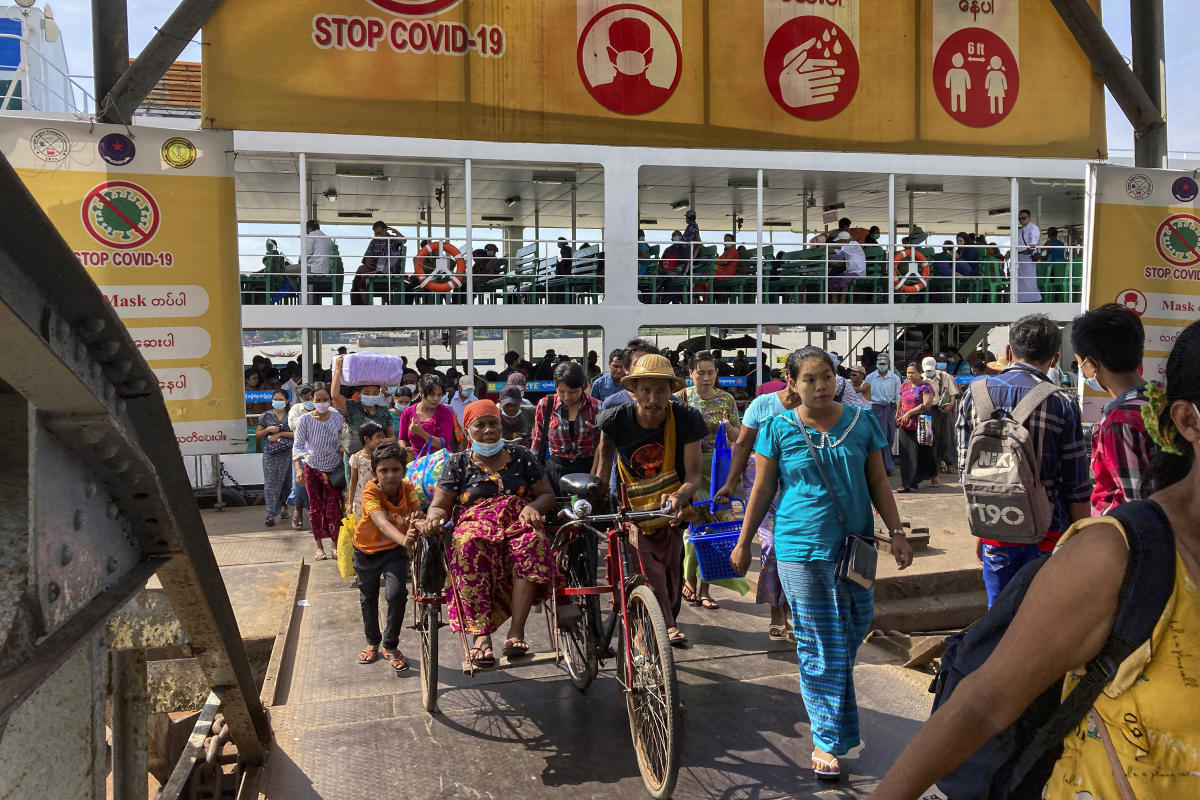Myanmar’s economy is facing significant challenges due to the civil war that has been disrupting trade and livelihoods. Despite estimates by World Bank economists that the economy grew at a slow pace of 1% annually in the year ending in March, with similar growth expected for the current fiscal year, nearly a third of the population in Myanmar is living in poverty. The country’s economy is also 10% smaller than before the pandemic.
The ongoing conflict has resulted in more than 3 million people being displaced from their homes, causing disruptions to trade and logistics. The value of Myanmar’s currency, the kyat, has decreased, and shortages of imported goods are becoming more common. Additionally, a third of factories surveyed reported facing electricity outages.
Pro-democracy guerillas and ethnic minority armed forces are engaged in battles with the Myanmar military following the ousting of the elected government of Aung San Suu Kyi in early 2021. Recent months have seen the military facing losses on the battlefield, leading to increased pressure from resistance forces.
Prior to the military takeover, garment factories were a significant source of employment and export revenues for the economy. However, global brands have been withdrawing from the country, leading to a drop in manufacturing exports. Labor shortages have been exacerbated by workers fleeing overseas or to rural areas in response to increased conscription by the military.
The economic outlook for Myanmar remains bleak, with little hope for improvement in the near to medium term. Conflict, trade disruptions, regulatory uncertainty, power outages, and macroeconomic volatility continue to constrain the business environment in the country. Myanmar faces a long road to recovery as it navigates


